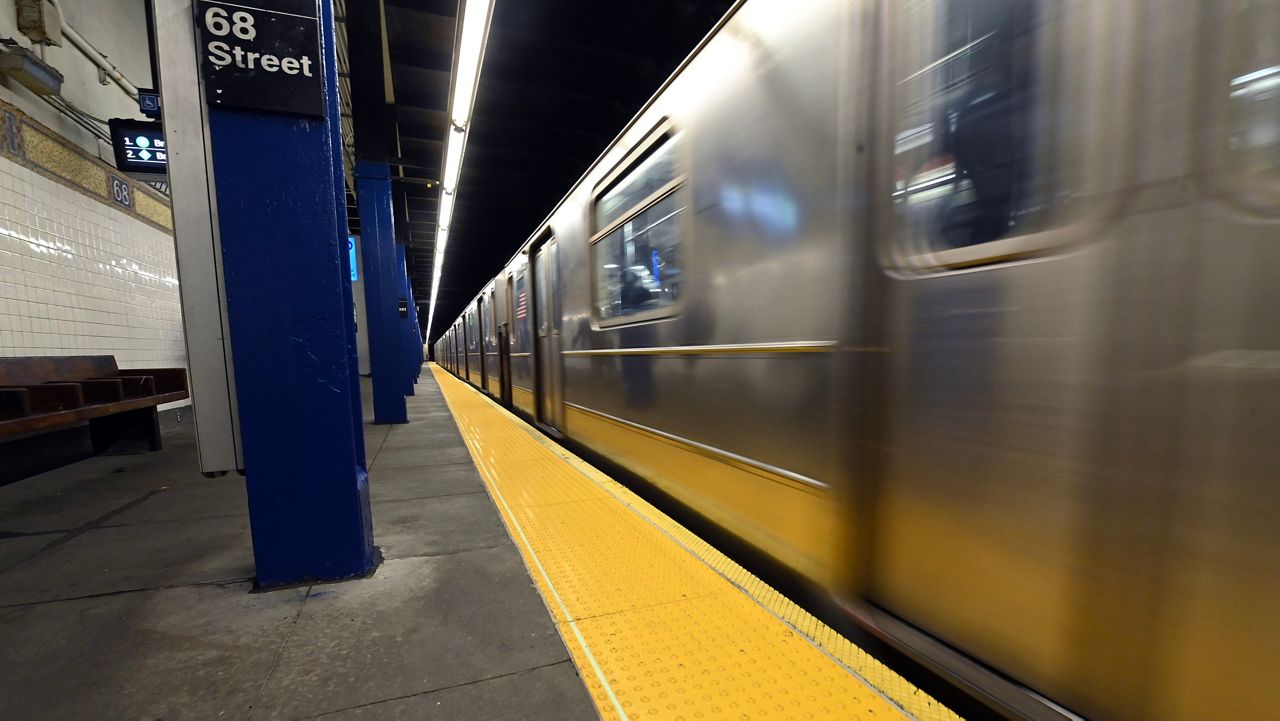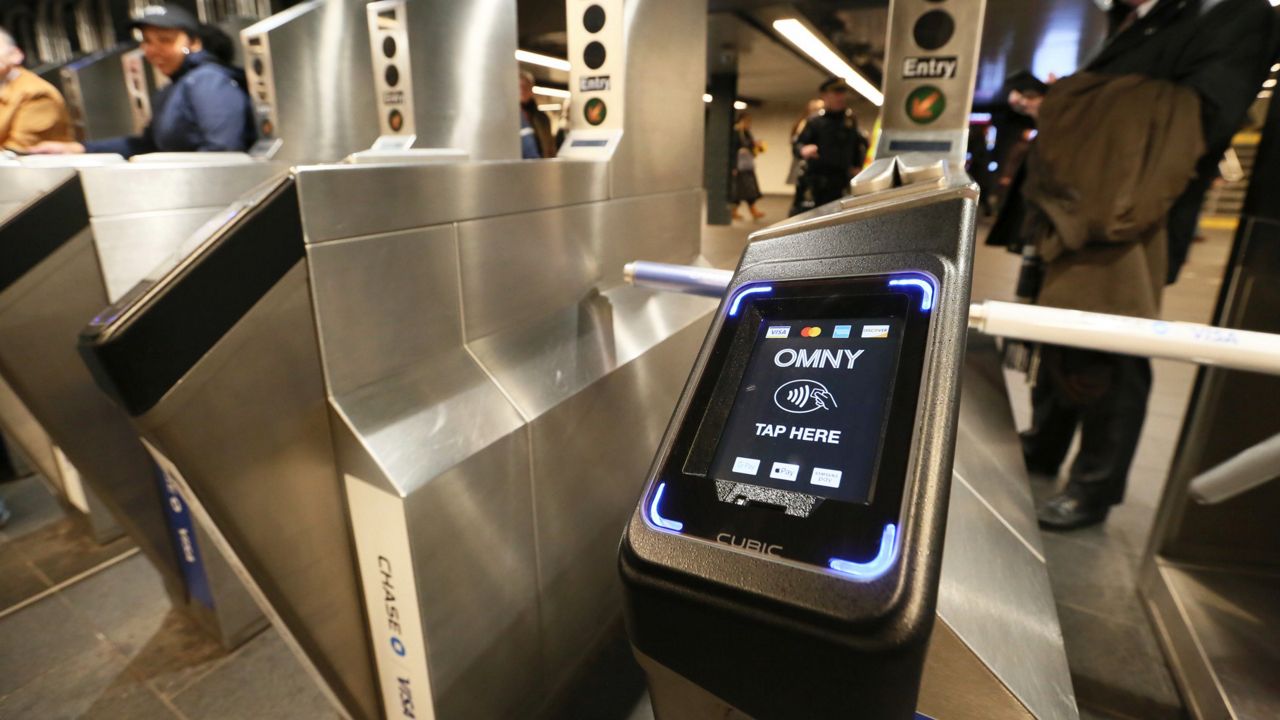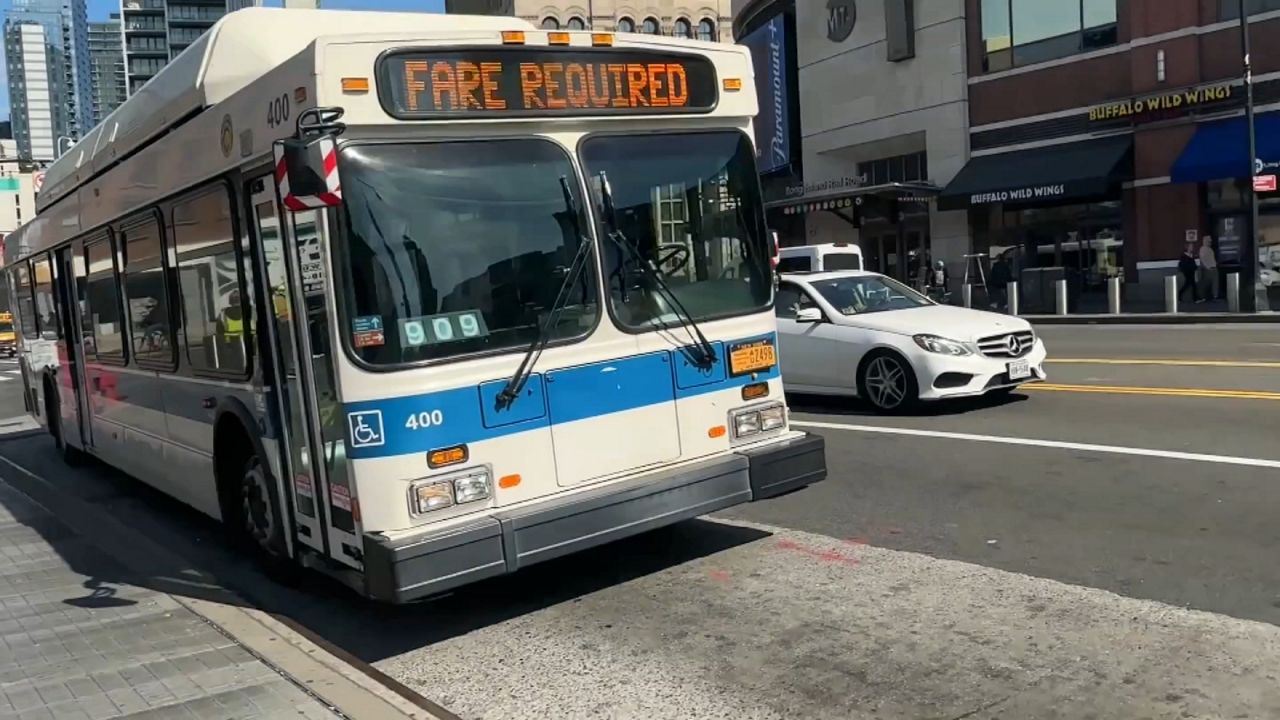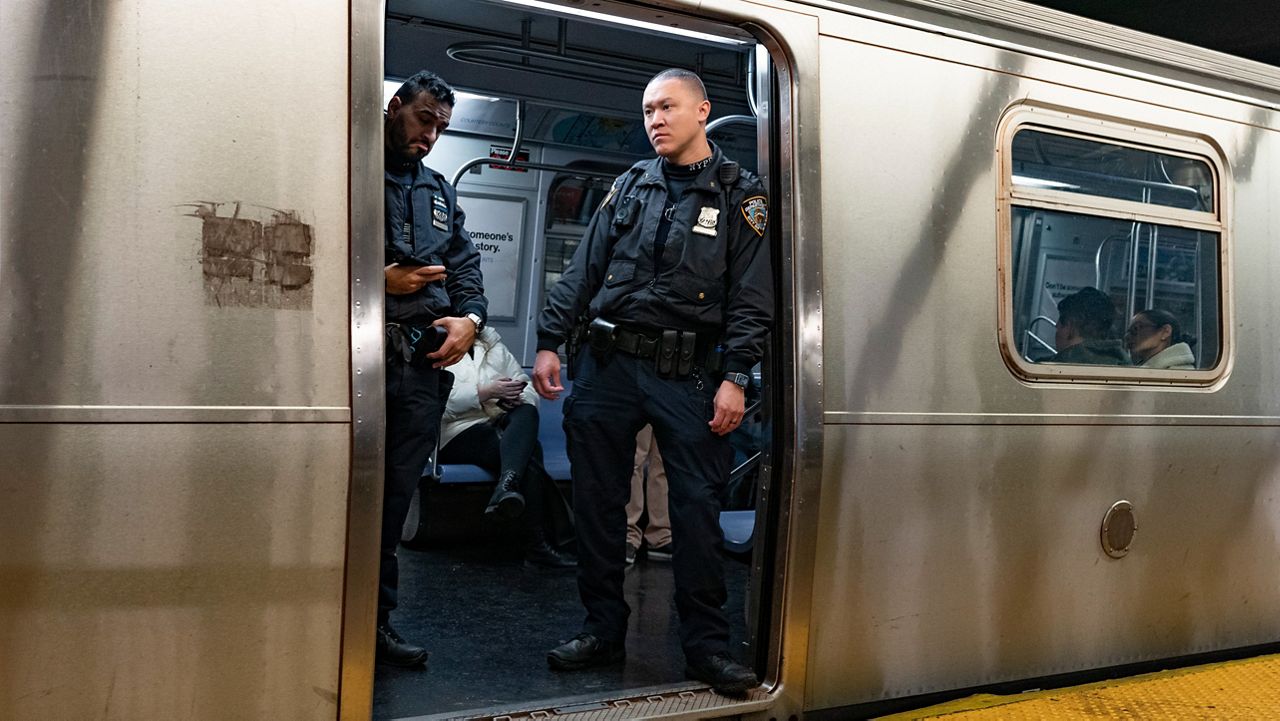The G train is getting a facelift that MTA officials say will increase the number of trains running on the line and reduce time in between stops.
Newer cars that began rolling out in November will allow the MTA to implement a new signal system to better track trains' locations and speed. Currently, the G train uses an older system that is unable to detect a train's location. The new signals will give the MTA exact location data along the full length of the line, allowing them to run trains more frequently, the MTA said.
"For too long, G riders have gotten the short end of the train and it's past time improvements came to the original Brooklyn-Queens line," said Lisa Daglian, executive director of the Permanent Citizens Advisory Committee to the MTA. "Having to do the G train run has become a way of life and the perception that it's not well-used can be debunked with a ride from any station, from Court Square to Church Avenue. We hope the MTA recognizes the growing needs along the G and is in fact making these improvements."
Prior to the pandemic, more than half of the G train stops saw increased ridership year over year, according to the MTA. Some stations, including Greenpoint Avenue and Nassau Avenue, grew weekday ridership by more than 5% between 2018 and 2019.
The new signals are part of the $7 billion in upgrades in the MTA's 2020-2024 capital plan and will also be funded by money set aside for tech updates on the F line set to begin in 2023. While the pandemic delayed the project's start, the MTA and transit officials plan to prioritize improving service outside of Manhattan, particularly in low-income communities and neighborhoods with transit deserts, MTA Chairman Janno Lieber said in an interview with Hot 97's Ebro in the Morning last week.
"The G train follows along a line of incredible population growth in Brooklyn and Queens," Assemblywoman Emily Gallagher said during a Feb. 15 state budget hearing on transportation.
Gallagher asked Lieber about the "stubby little" subways, requesting the agency add four additional cars to G trains to help increase capacity.
"My district and the districts near my district on the G train have the ridership you are looking for so we really need this extension," she added.
Instead, Lieber said, the plan is to modernize the signal system to decrease wait times and properly service the increasing ridership, a move Gallagher supports. Lieber added the improvements were a priority for the MTA and "on deck as one of the next signal projects we're going to attack."
Gallagher's district in Greenpoint and Williamsburg grew by 26% between 2010 and 2020, according to U.S. Census data. Other Assembly districts serviced by the G train grew in population by 3.7% to as high as 22.3% last decade, Census data shows.








